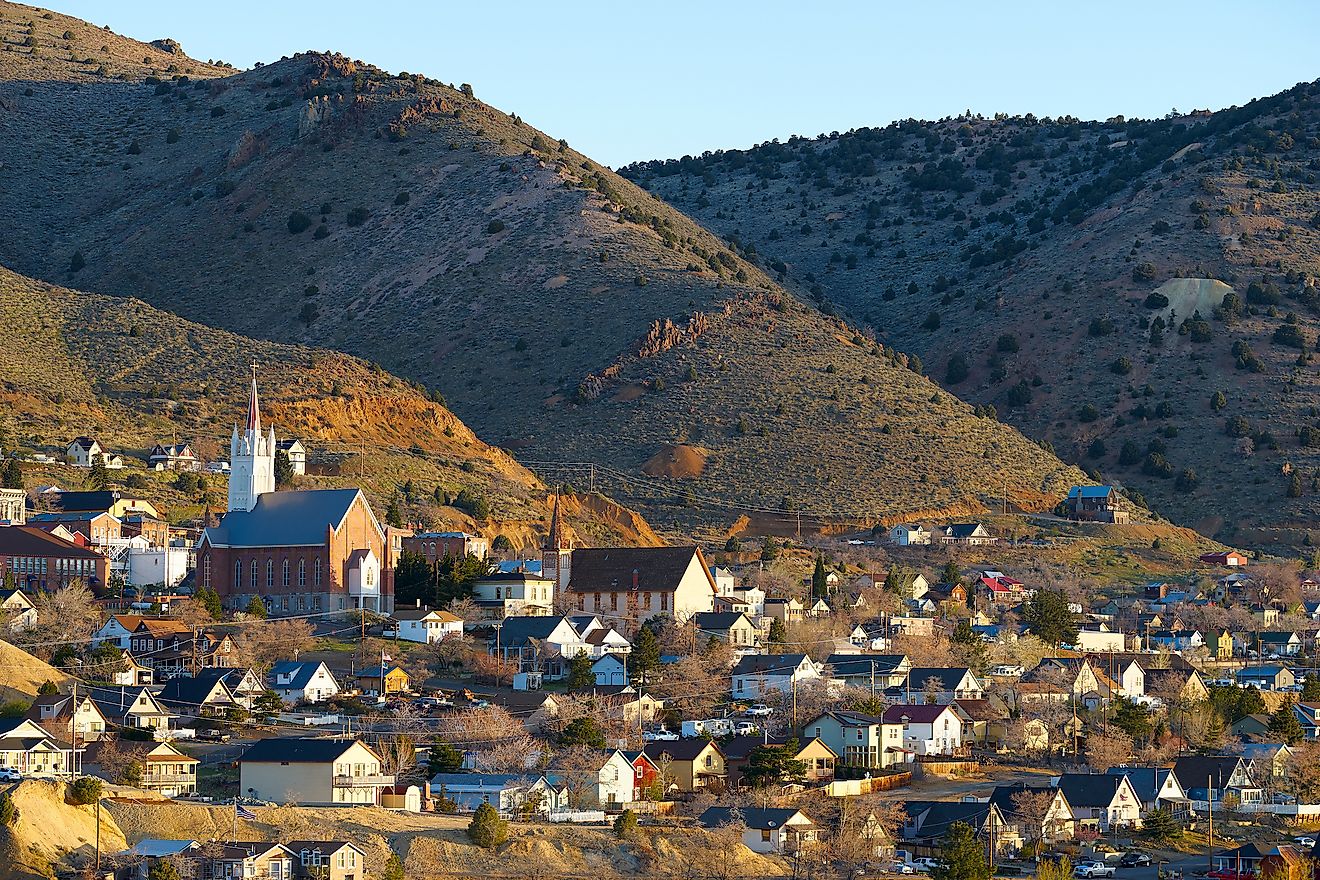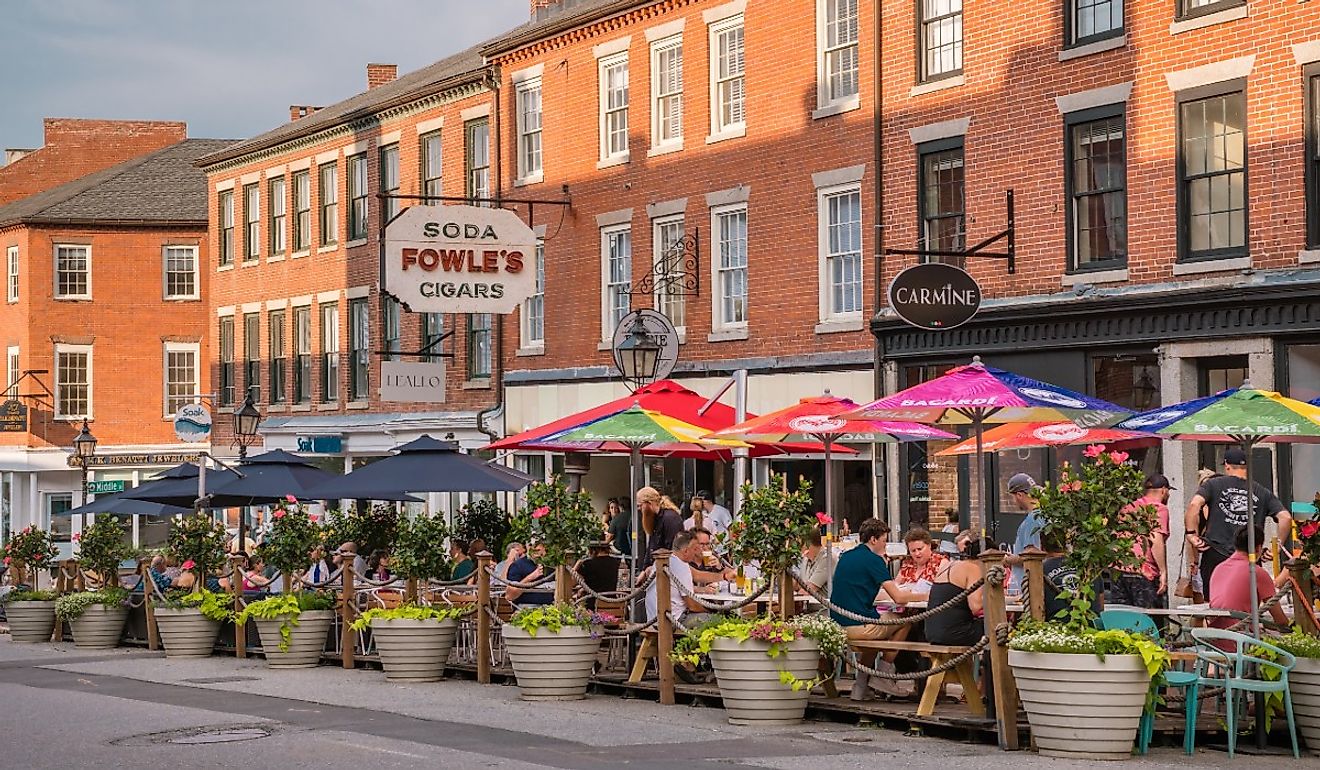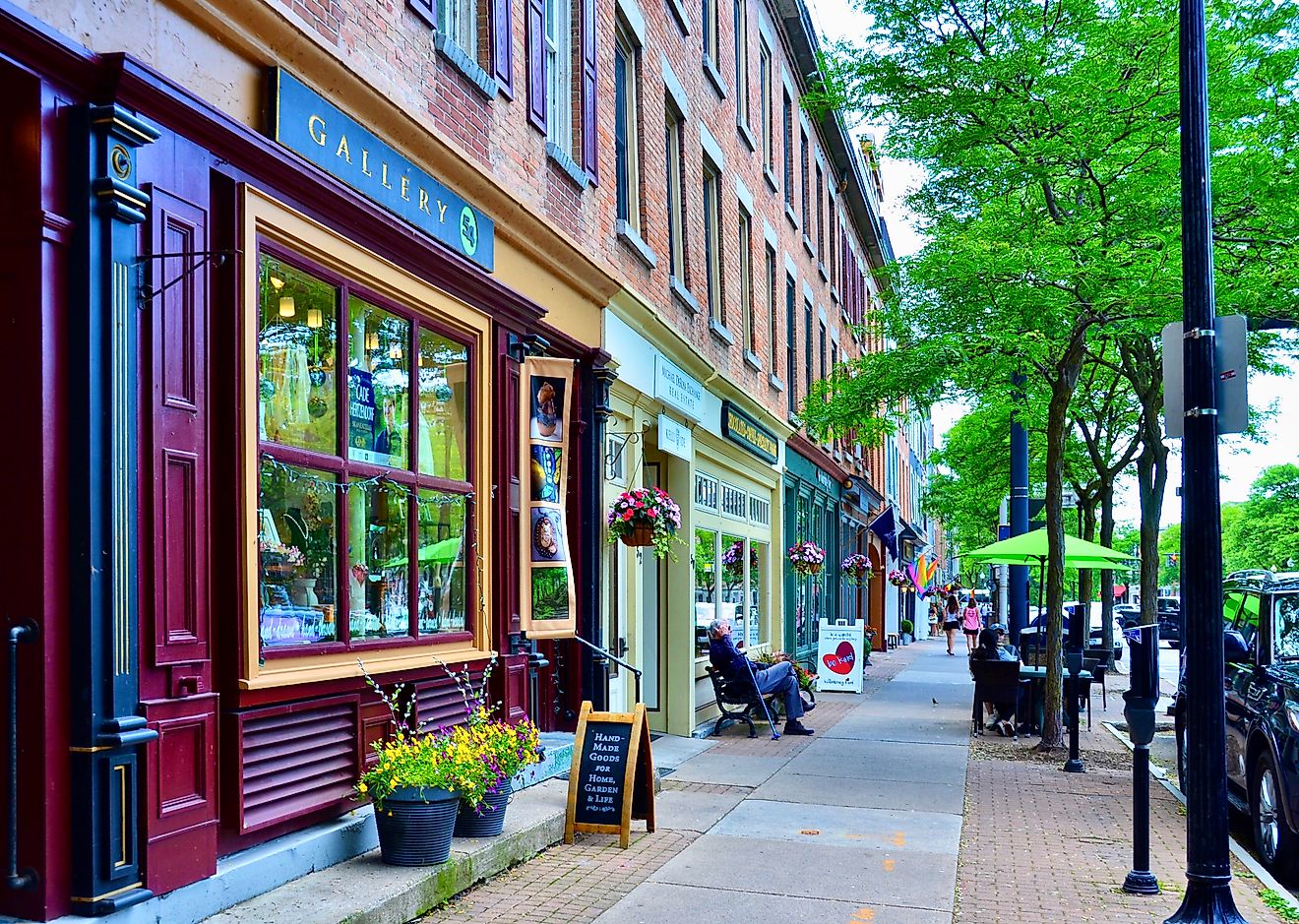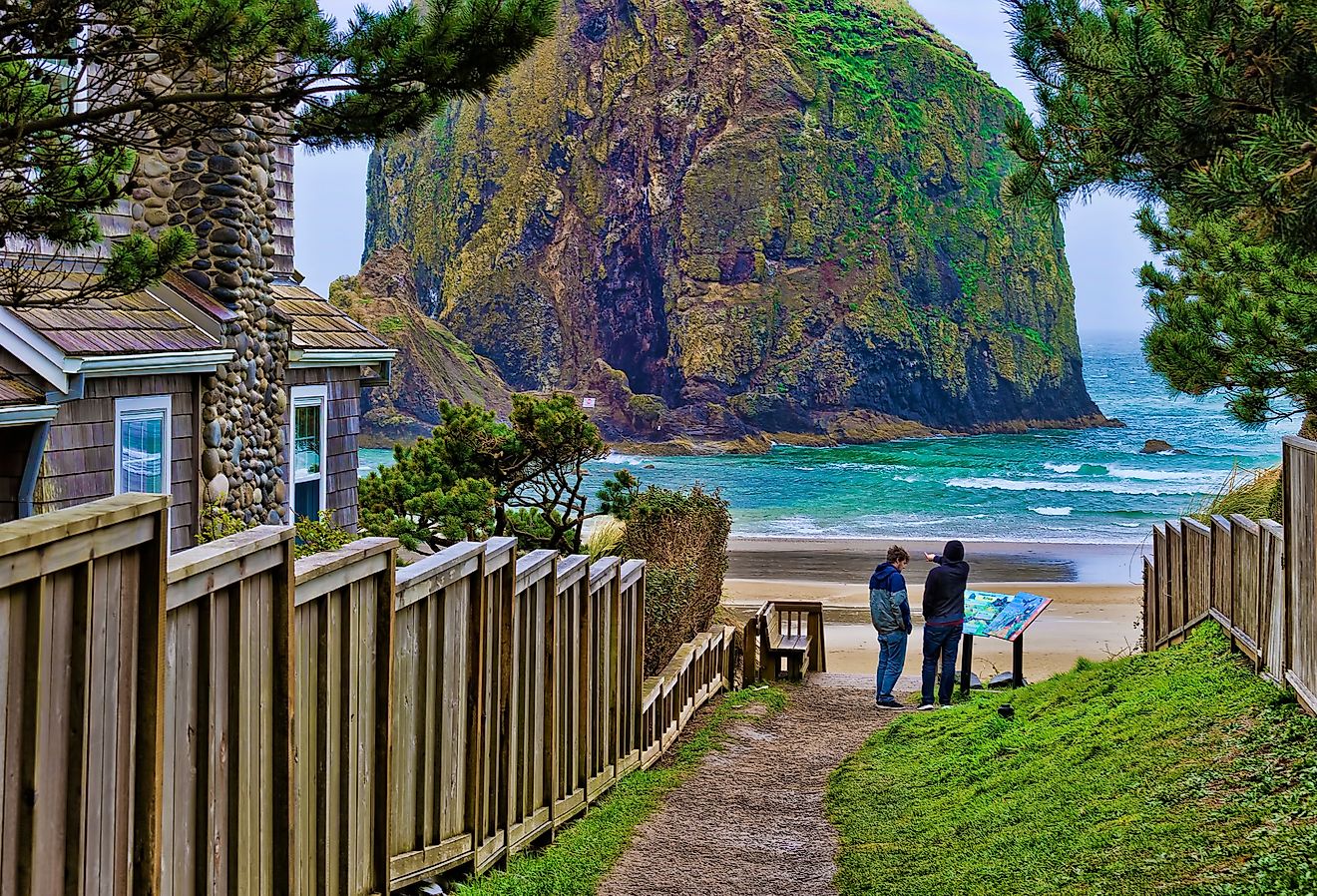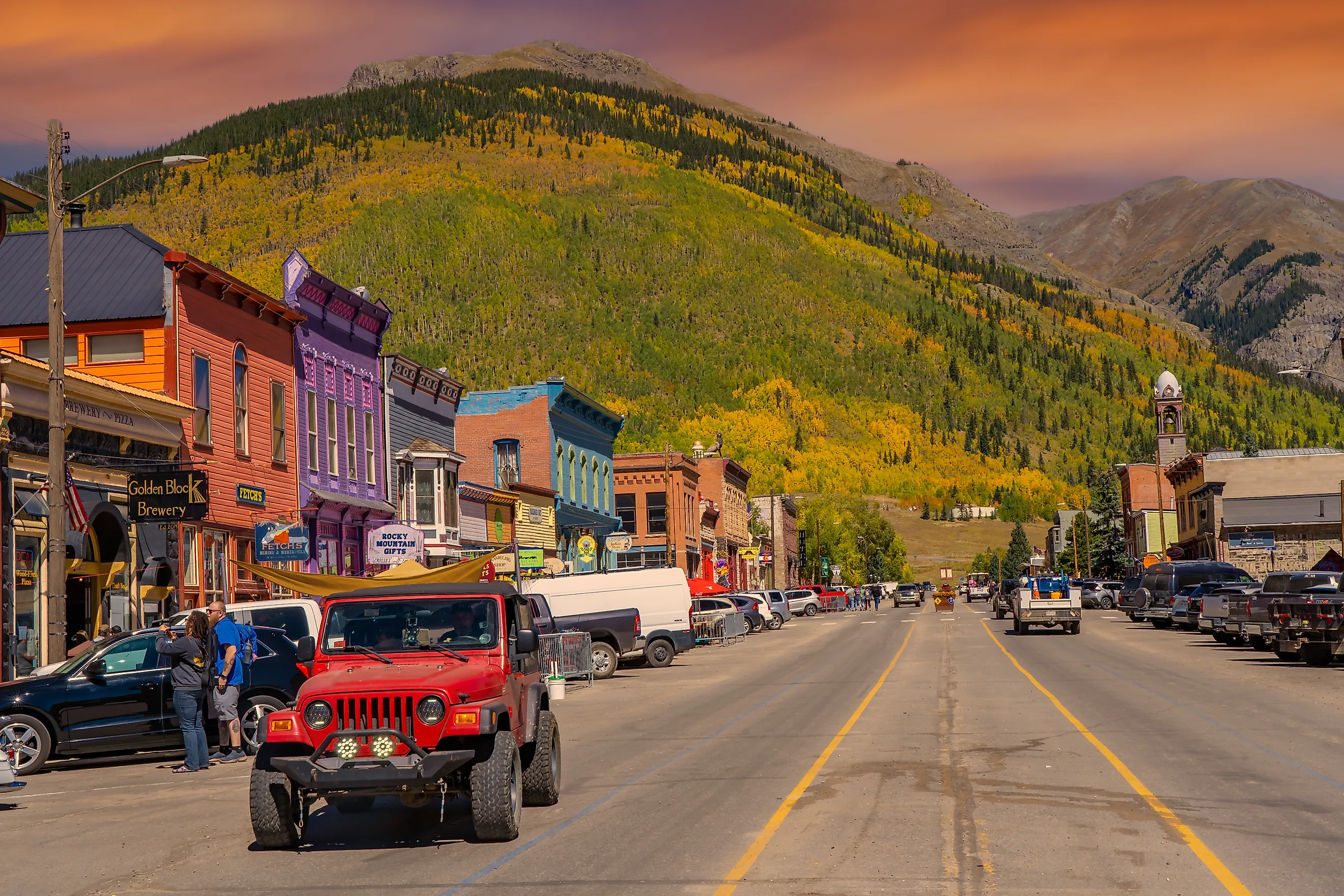
7 Quirkiest Colorado Towns You Didn't Know Existed
Colorado harbors several well-known destinations, like Aspen and Denver, but it's also home to countless other towns and cities that are far less renowned and/or populous. If you want to explore the Centennial State this year, but want a truly off-the-beaten-path experience too, read on to see where to go for some peace, quiet, and a number of quirky attractions that not all get to see.
From lesser-known parklands in the Rocky Mountains to quaint downtown cores full of interesting history, see how many of these spots can fit into your itinerary!
Crestone

Tucked against the western edge of the Sangre de Cristo Mountains, Crestone is a wonderful and quiet little place for those adventuring through the wilds of Colorado. With a population of under 150, it’s quite small in size but surprisingly diverse in a number of ways.
Since the 1970s, the area has evolved into a bit of a hub for religious centers and retreat facilities, currently home to more than two dozen representing traditions ranging from Tibetan Buddhism and Zen to Hinduism, Sufism, Catholicism, and even some New Age metaphysics.
What also sets Crestone apart is the town’s off-grid mentality, with alpaca farms, adobe homes, and events like the annual Energy Fair, a gathering focused on renewable living that has been going on for over 36 years.
Other local attractions include the Crestone Ziggurat, a curious, mesopotamian-like structure built by the father of Jordan's current Queen, Najeeb Halaby, as a remote place for praying and peaceful contemplation. Moreover, Great Sand Dunes National Park, a truly out-of-place-looking expanse of towering sand dunes nestled into the mountains just about an hour away.
Nederland
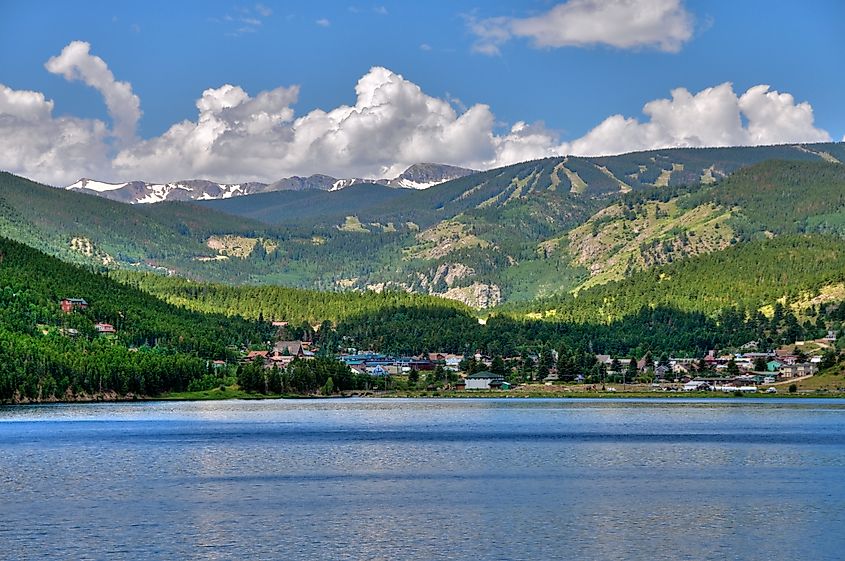
Nederland is a former mining town in Boulder County that’s become a magnet for Coloradoans looking for an easy escape from big city life. Its location, around 16 miles west of Boulder and 45 miles northwest of Denver, makes it accessible but still a somewhat remote retreat into the mountains.
The town was best known for Frozen Dead Guy Days, a weekend festival inspired by a cryogenically frozen local man stored in a local shed back in the late 80s. Events include coffin races, a polar plunge, and live music, although it has since moved to nearby Estes Park. Nederland also has a strong live music scene throughout the rest of the year, centered around the historic Caribou Room and the town’s other various bars and cafes.
Furthermore, the surrounding Arapaho and Roosevelt National Forests and Pawnee National Grassland support year-round outdoor activity in the great outdoors, from snowshoeing in winter to trail running and mountain biking in summer. Eldora Mountain, a notable natural landmark and https://www.worldatlas.com/destination/4-of-colorado-s-most-underrated-ski-towns.html, is ten minutes away and a hotspot for skiing and snowboarding.
Victor
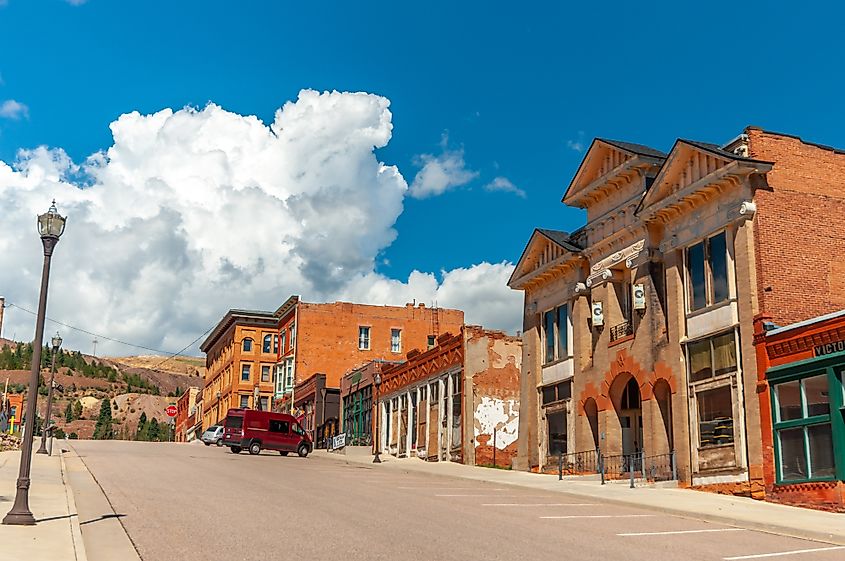
Victor sits at 9,700 feet in the mountains southwest of Colorado Springs. Once home to a much larger population than it does now (with fewer than 400 permanent residents in 2024), during the gold rush of the mid-late 1800s. What remains is a nearly untouched mining town with original Victorian-era brick buildings, quiet streets, and proximity to tons of outdoor attractions.
Dowtown Victor has a few locales worth seeing, like the Victor Lowell Thomas Museum, which documents the town’s history with various mining artifacts and a huge collection of historic photos. Outside of town, trails like the Vindicator Valley Trail lead past abandoned headframes and mining ruins. Furthermore, the active Cripple Creek & Victor Gold Mine also still operates just outside town, allowing you to see one of the region's most important industries in action!
When coming into town from the east, you will also see Victor Pass, a wonderful expanse of aspen-covered foothills and mountains that are particularly scenic in the fall season, as the foliage all around turns to an eye-catching golden hue.
Paonia

Paonia is a small agricultural community deep in western Colorado. The town rests in the North Fork Valley, lauded for its organic orchards, vineyards, and small-scale farms nestled in an incredibly gorgeous setting.
Farm-fresh food, clean air, and a walkable downtown with basics like a bakery, hardware store, and food co-op serve both residents and visitors alike. You can delve deeper into its culture and economy at seasonal farmers’ markets, the always-open Orchard Valley Farms and Market, and tasting rooms owned by several different wine and cider producers. If this sounds good to you, pay Clear Fork Cider a visit downtown, or even grab a brew around the corner at Paonia United Brewing Co. At the edge of dowtown lies 5680' Vineyards, one of many seasonally open locales for wine fans to appreciate as well.
There are other things to see and do besides the culinary scene here. The Paradise Theatre, a restored movie house, hosts concerts and community events. The town also supports many festivals, including the Mountain Harvest Festival and Paonia Film Festival.
Silverton
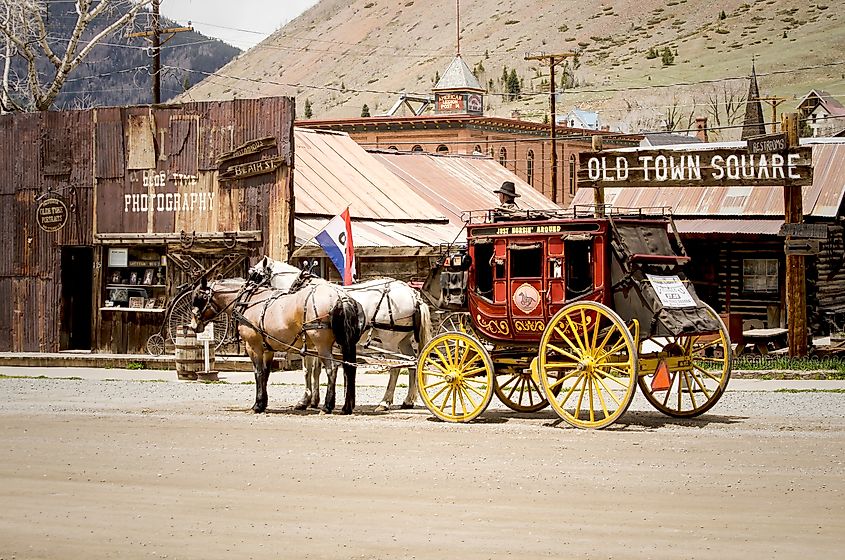
Silverton has grown in population over the years, but its remote location high up in the heart of the Rockies has still kept it out of the public eye for the most part. It is certainly isolated, only accessible by the Million Dollar Highway and a narrow-gauge railway at well over 9,000 feet above sea level.
The downtown looks much like it did a century or more ago: dirt roads, wood-frame buildings, and no real chain stores in sight. The entire town is a National Historic Landmark District in fact.
In summer, tourists can arrive via the Durango & Silverton Narrow Gauge Railroad, but after the warmer months are quickly over, it returns to a quiet community of hearty residents who live here year-round despite heavy snowfall and limited services.
Silverton is, after all, surrounded by a collection of peaks over 13,000 feet, making it a base for hikers, climbers, and skiers who prefer the rugged, ungroomed terrain. Kendall Mountain Recreation Area, a ski resort that is suitable for the whole family, sits just steps outside of downtown, while Silverton Mountain Ski Area, more appropriate for advanced-level skiers with backcountry experience, can be accessed deeper into the mountains north of town.
Westcliffe

Westcliffe calls the Wet Mountain Valley home, a highly picturesque space bordered by the Sangre de Cristo range to the west. Ranching and farming still shape the local economy, but the town has quietly become a destination for stargazers, hikers, and those simply looking for some solitude in a truly uncrowded part of the Rocky Mountains.
In 2015, Westcliffe became one of the first certified International Dark Sky Communities in the U.S., and the first in Colorado, drawing photographers, astronomers, and sightseers from across the country. The town now operates a public observatory, the Smokey Jack Observatory, and enforces lighting codes to preserve the precious visibility at night.
Moreover, the Silver Cliff Museum, housed in a flat-front building seemingly taken straight out of a western movie, will enlighten you on some of the region's longstanding history, both human and natural, during your stay.
San Luis

San Luis is the oldest town in Colorado, founded in 1851, and has a little over 600 residents today. Located near the New Mexico border in the San Luis Valley, this small town has deep ties to Hispano culture, which remains central to daily life through language, architecture, and the community's cultural offerings.
One of the main landmarks here is the Shrine of the Stations of the Cross, located on a half-mile trail that climbs a mesa behind town, lined with bronze sculptures depicting the Passion. At the top stands a chapel with sweeping views of the valley, making it a renowned spiritual site for Christians (especially during Easter) as well as a good vantage point to get a scope of the area’s geography and scale.
For nature lovers, be sure to explore the area's vast expanses of sagebrush plains, reservoirs, and creeks, the latter of which attract flyfishermen in search of a quiet spot in the mountains. For one, La Otra Banda Ranch, which sits south near the unincorporated community of San Pablo, is where the meandering Ventero Creek flows and eventually runs into the Sanchez Reservoir State Wildlife Area.
See these Little-Known Communities in the Centennial State Today
Whether you're embarking on a hiking adventure or want to learn more about Colorado's history, these tiny towns spread througout the state all make for excellent travel destinations. While some are understandably growing in popularity, and others are bordering on ghost towns, they all provide a real off-the-beaten-path experience for a road trip across this wonderful state. How many of these spots will you check out this year?
